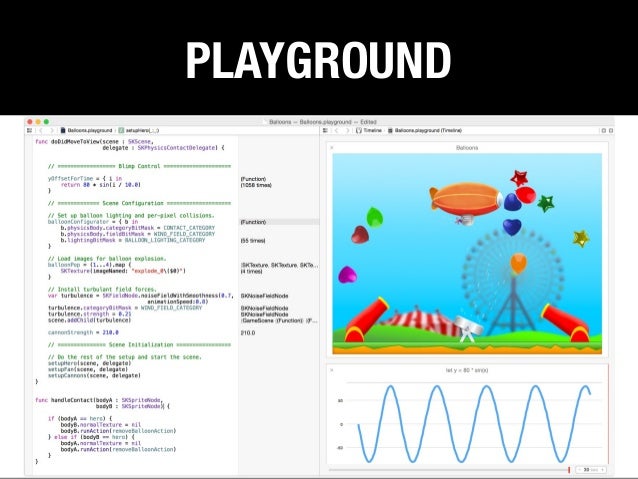

I’ve purposely kept it as simple as possible to keep the focus on authentication. You’ll use Auth0 to build a single-screen iOS app that allows users to log in and log out. This article is about adding login and logout to UIKit apps. You program UIKit apps imperatively, which means that you define how the app moves between states, how the UI should change appearance when the app changes state, and how the app should behave in different states. You then connect those elements to variables and methods in the app’s view controllers using outlets and actions.

The phrase “May you live in interesting times” is both a blessing and a curse, and it’s an interesting time for iOS and iPadOS developers.
#SET EMAIL SUBJECT LINE IOS SWIFT SHARE UPDATE#
You won’t have to update it yourself or handle “behind the scenes” issues, either! Instead, you can concentrate your efforts on what your app does. You’ll also be able to add features such as social accounts, multi-actor authentication, passwordless login, biometrics, and more. With Auth0 and a few lines of code, your app can have a full-featured system that supports logging in with a username/password combination and single sign-on. You’d also have to deal with user management, scaling, and security issues, each of which has dozens of considerations, risks, issues, and edge cases.Īuth0 solves this problem. Just handling the many ways users want to log in can quickly grow into an all-consuming task.
#SET EMAIL SUBJECT LINE IOS SWIFT SHARE HOW TO#
This article will show you how to use Auth0 to add fully-featured login and logout to a UIKit-based iOS/iPadOS app so that you can focus your time and effort on its actual functionality.Īdding authentication - the more formal term for “login/logout” - only looks simple. If you make iOS or iPadOS apps, you’ll eventually have to build one that requires users to log in.


 0 kommentar(er)
0 kommentar(er)
